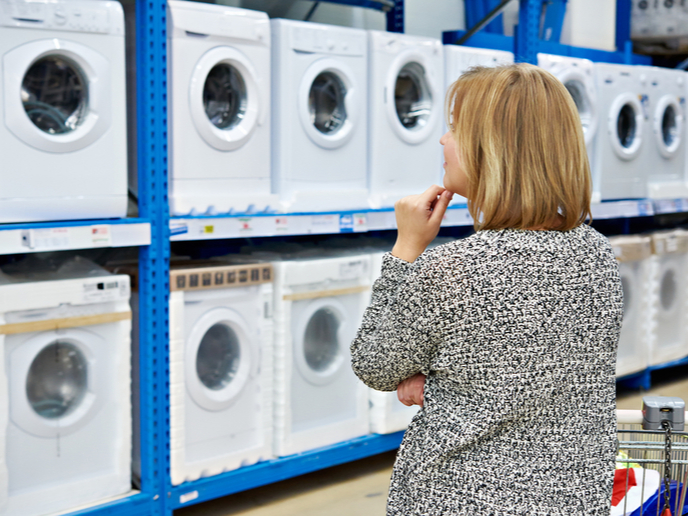A new energy-saving air conditioner
Recent EU legislation obliges HVAC companies to reduce energy costs and other negative industry-related environmental impacts. The most efficient way to do this is through a thermal energy storage (TES) system, but this approach has to date proved very expensive. The EU-funded 'Development of thermal storage application for HVAC solutions based on phase change materials' (HESTOR)(opens in new window) project aimed to use phase change materials (PCMs) to build an improved TES system for HVAC units. Several organic PCMs were tested and researchers settled on salt hydrates encapsulated in metal capsules. Next, they built a prototype TES system that uses an insulated tank filled with encapsulated PCMs. The team was then able to integrate the system into a fully functional HVAC unit, and also designed control unit software. The fully integrated system resulted in a 40 % power reduction during peak demand, but this figure may even be raised to 80 % through further research and developments. HESTOR partners are in the process of validating these results, performing a cost-to-benefit analysis and building a business model. Further refinement of this new, low-powered HVAC is needed before the unit can go to market.







